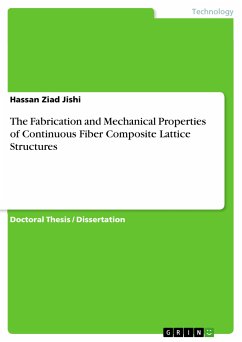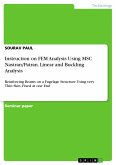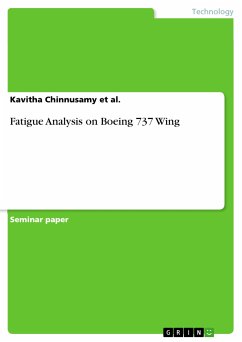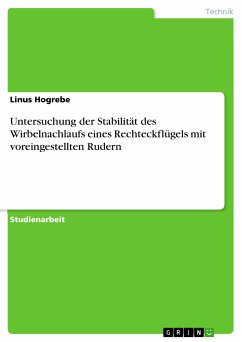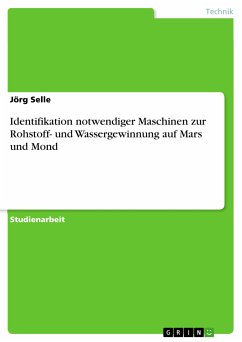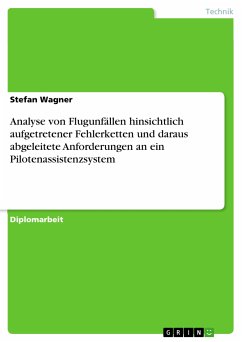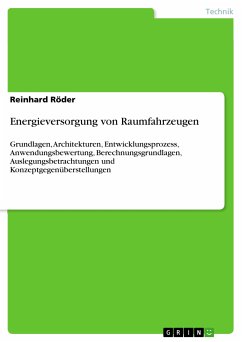Doctoral Thesis / Dissertation from the year 2016 in the subject Engineering - Aerospace Technology, grade: -, , course: Aerospace Engineering, language: English, abstract: The primary aim of this research work is to examine the mechanical properties per weight density of novel core materials for use in sandwich panels. Composite lattice core sandwich structures with relative densities in the range of 3% to 35% were manufactured and tested under quasi-static compression loading conditions. Collapse strength, failure mechanisms and energy absorption characteristics of the lattice structures have been evaluated. Since these core material shapes are unique, research involved developing suitable manufacturing methods. The study started by looking at introducing simple through thickness lattice structure into PET foam cores. This was achieved by drilling the foam material, glass fibers were then inserted into the perforations. The panel was then infused with resin using the vacuum assisted resin transfer molding process. This was then extended to look at the possibility of removing the core by adopting a-lost mold manufacturing procedure that would leave a free-standing lattice structure. This involved inserting reinforcing fiber tows through holes in wax blocks. Following infusion with an epoxy resin and subsequent post curing, the preforms were heated to a temperature above that required to melt the wax, leaving well-defined lattice structures based on vertical, pyramidal, modified-pyramidal, octet configurations and others based on what are termed BCC, BCCz, FCC and F2BCC designs. Compression tests showed that the strength of individual struts and the corresponding cores increases with strut diameter and fiber volume fraction. Smaller diameter struts failed in buckling, whereas the larger diameter columns failed in a crushing mode involving high levels of energy absorption. Truss core structures with 4 mm diameter columns, based on 28% fiber volume fractions offered specific energy absorption values above 70 kJ/kg. Compression tests on the four lattice structures based on BCC, BCCz, FCC and F2BCC designs indicated that the F2BCC lattice offered the highest compression strength of approximately 12 MPa. Although, when normalized by relative density, the BCCz lattice structure out-performed the three remaining structures. The specific energy absorption values of the lattices were relatively high, ranging from 44 kJ/kg for the BCC lattice to 80 kJ/kg for the BCCz structure. Similarly, the specific compression strengths of some of the lattices have been shown to be superior to those of more traditional core materials. [...]
Dieser Download kann aus rechtlichen Gründen nur mit Rechnungsadresse in A, B, BG, CY, CZ, D, DK, EW, E, FIN, F, GR, HR, H, IRL, I, LT, L, LR, M, NL, PL, P, R, S, SLO, SK ausgeliefert werden.

